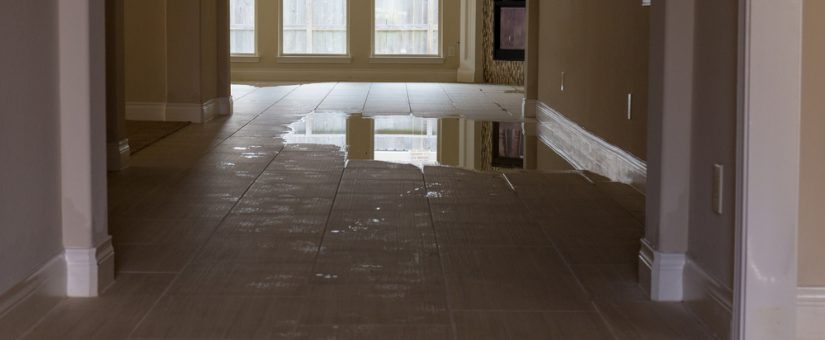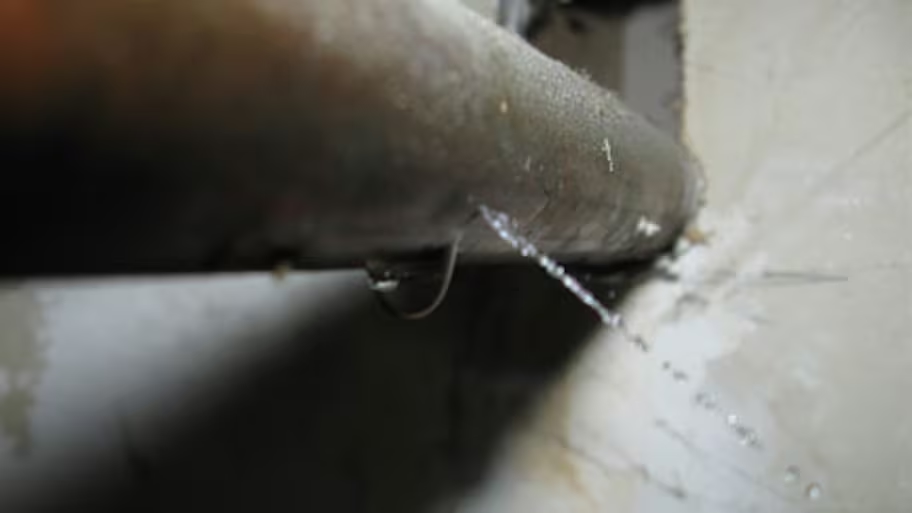Your House's Principal Frequent Causes of Leak Problems: Thorough Investigation
Your House's Principal Frequent Causes of Leak Problems: Thorough Investigation
Blog Article
Everyone will have their own individual rationale on the subject of Most Common Causes of Leaky Pipes.

Leakages not only cause waste of water yet can additionally create unnecessary damages to your house and advertise undesirable organic growth. Water leaks could go unnoticed considering that many of the pipework in our home is concealed. By recognizing and looking for daily situations that cause leakages, you can protect your residence from future leaks and unneeded damage. Today, we will certainly check out six leakage creates that may be creating your pipes to trickle.
Instant temperature modifications.
Severe temperature level adjustments in our pipelines can trigger them to increase and also contract unexpectedly. This expansion as well as contraction may create splits in the pipes, particularly if the temperature level are listed below cold.
Rusty water supply
This could be the cause of discoloration or bending on your water pipelines. If our plumbing system is old, consider replacing the pipelines since they are at a greater danger of corrosion than the newer models.
Malfunctioning Pipeline Joints
The factor at which your pipes connect is often the weakest web link in the waterline. Pipeline joints can deteriorate in time, resulting in water leaks. Regrettably, the majority of pipeline joints are not easily noticeable. If you have loud pipelines that make ticking or banging noises, especially when the hot water is turned on, your pipe joints are most likely under a great deal of pressure. It is advisable to have your plumber evaluate your system yearly.
Trespassing roots
A lot of water leaks start outside your home instead of inside it. If you see an abrupt decrease in water stress, say in your tap, take some time to go out and also analyze your yard. You could notice wet spots or sinkholes in your backyard, which may suggest that tree origins are invading water lines creating water to seep out. You can have your plumber check for intrusion, specifically if you have trees or bushes near your building.
Poor Water Connectors
At times, a leakage can be brought on by loose hoses and pipes that supply your appliances. More often than not, shifting is what causes the loosened water Connections. You might find when it comes to a cleaning device, a tube might spring a leakage due to trembling during the spin cycle. In case of a water links leak, you might notice water running directly from the supply line or puddles around your home appliances.
Blocked Drains
Obstructed drains pipes could be irritating as well as inconveniencing, however they can sometimes wind up creating an overflow causing burst pipes. Maintain eliminating any kind of materials that might decrease your drains pipes that could block them to avoid such aggravations.
All the above are reasons for leaks but not all water leaks arise from plumbing leaks; some leaks may originate from roofing leakages. All leaks ought to be fixed quickly to avoid water damage.
Leaks not only trigger waste of water yet can additionally cause unnecessary damage to your home and promote unwanted natural development. By looking and comprehending for day-to-day scenarios that trigger leaks, you can secure your house from future leaks and also unneeded damage. Today, we will certainly look at 6 leak triggers that may be creating your pipes to drip.
At times, a leakage can be caused by loosened hoses and also pipes that supply your devices. In situation of a water links leakage, you may notice water running straight from the supply line or pools around your devices.
How To Check For Water Leak In Your Home
How To Check for Leaks
The average household's leaks can account for nearly 10,000 gallons of water wasted every year and ten percent of homes have leaks that waste 90 gallons or more per day. Common types of leaks found in the home are worn toilet flappers, dripping faucets, and other leaking valves. These types of leaks are often easy to fix, requiring only a few tools and hardware that can pay for themselves in water savings. Fixing easily corrected household water leaks can save homeowners about 10 percent on their water bills.
To check for leaks in your home, you first need to determine whether you're wasting water and then identify the source of the leak. Here are some tips for finding leaks:
Take a look at your water usage during a colder month, such as January or February. If a family of four exceeds 12,000 gallons per month, there are serious leaks.
Check your water meter before and after a two-hour period when no water is being used. If the meter changes at all, you probably have a leak.
Identify toilet leaks by placing a drop of food coloring in the toilet tank. If any color shows up in the bowl after 10 minutes, you have a leak. (Be sure to flush immediately after the experiment to avoid staining the tank.)
Examine faucet gaskets and pipe fittings for any water on the outside of the pipe to check for surface leaks.
Undetected water leaks can happen without the home or business owner even realizing. If you suspect a water leak, but not able to find the source. It is time to contact a professional water leak detection service, The Leak Doctor.
How To Find a Water Leak In Your Home
https://www.leakdoctor.com/blog/How-To-Check-For-Water-Leak-In-Your-Home_AE197.html

I was guided to that report on How to detect water leaks in your home from an acquaintance on another website. You should set aside a second to promote this blog post if you enjoyed reading it. I am grateful for your time. Please check up our blog back soon.
Visit Homepage Report this page